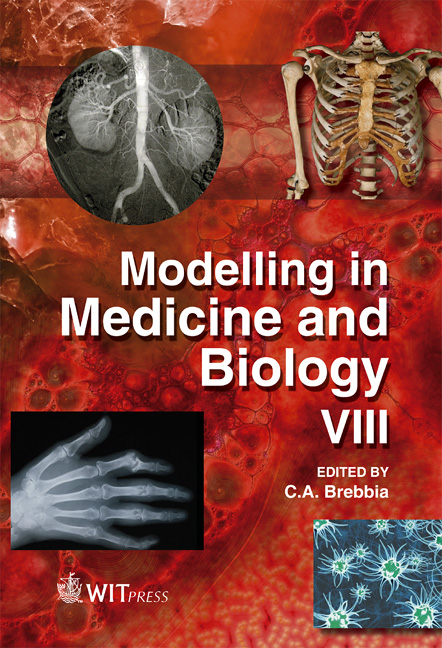Computer Simulations And Modeling In Oncology: Methods And Applications
Price
Free (open access)
Transaction
Volume
13
Pages
9
Page Range
267 - 275
Published
2009
Size
268 kb
Paper DOI
10.2495/BIO090251
Copyright
WIT Press
Author(s)
C. Guiot, P. Paolo Delsanto & A. S. Gliozzi
Abstract
Computational models and simulations can be powerful tools for gaining an insight into the extremely complex mechanisms governing tumoral growth. In order to be relied upon, however, they must be validated by comparison with sufficiently long strings of experimental or observational data. For obvious ethical reasons it is virtually impossible to obtain such data \“in vivo”. It may be, therefore, expedient to study the growth of tumoral lines \“in vitro” or \“ex vivo”, i.e. by transplanting them into lab animals (e.g., mice). In fact, experiments with as many as 900 successive transplants into new healthy mice have been performed. Using a recently proposed technique for the analysis of experimental datasets (the Phenomenological Universalities Approach), we have succeeded to reproduce, to an excellent level of reliability, the results of such \“multipassage” growth and to explain quantitatively why the growth curves become progressively steeper at each new transplant. We believe that our method could also be applied to study metastatic diffusion and suggest new experiments to further validate our approach and results. Keywords: tumor models, growth models, data analysis.
Keywords
tumor models, growth models, data analysis.





